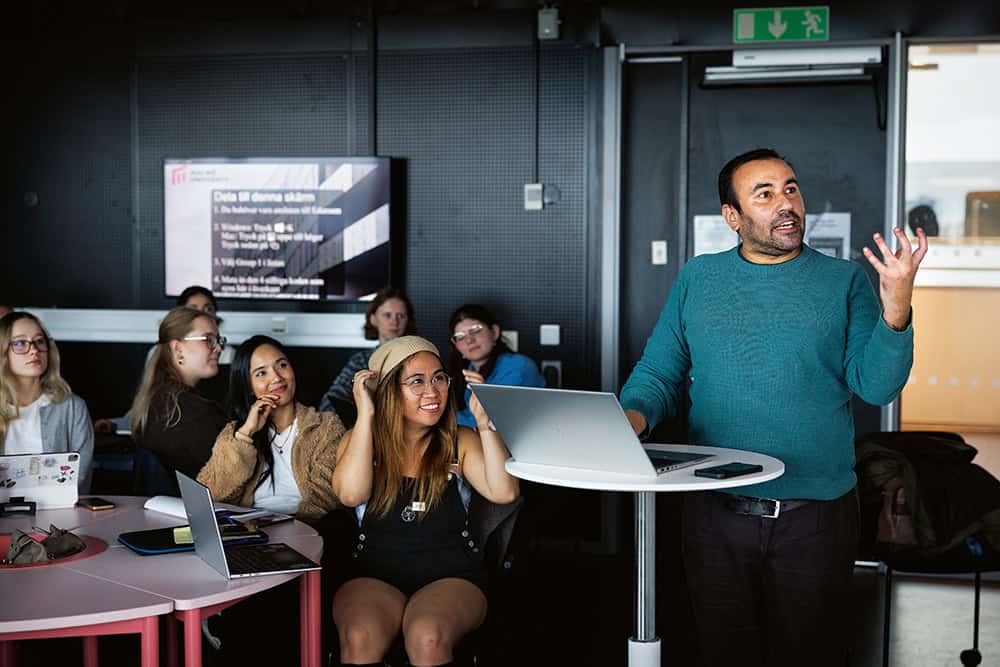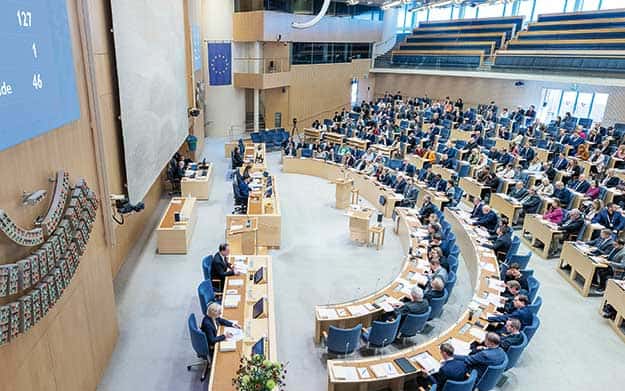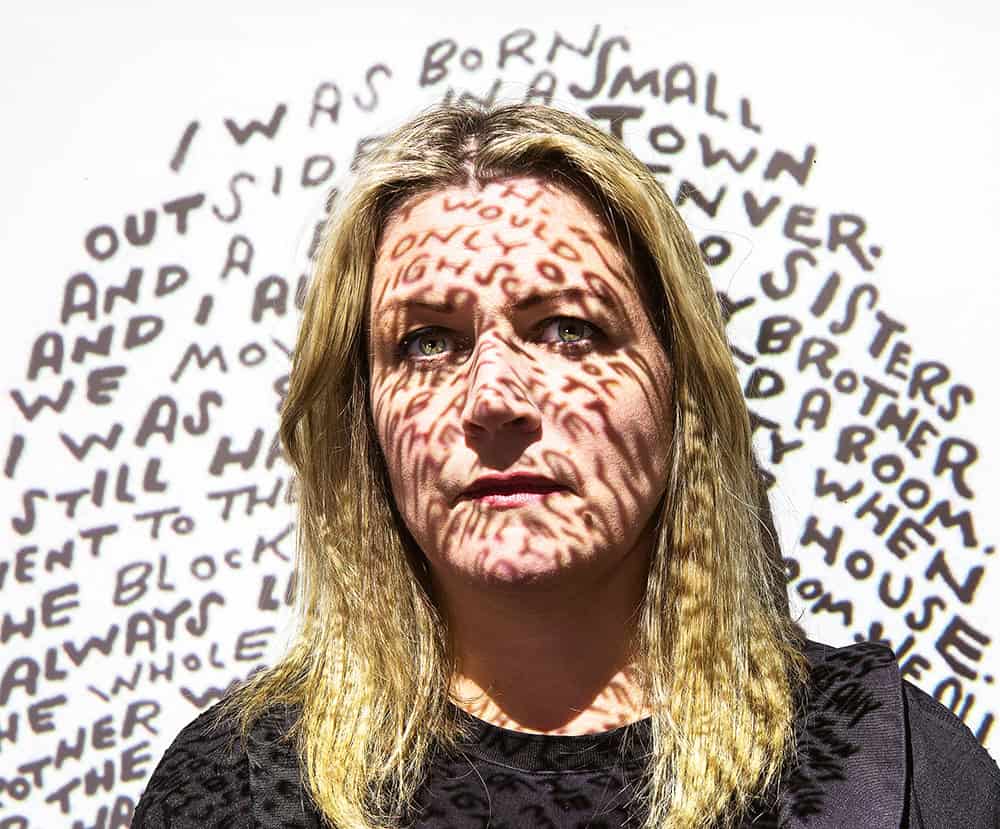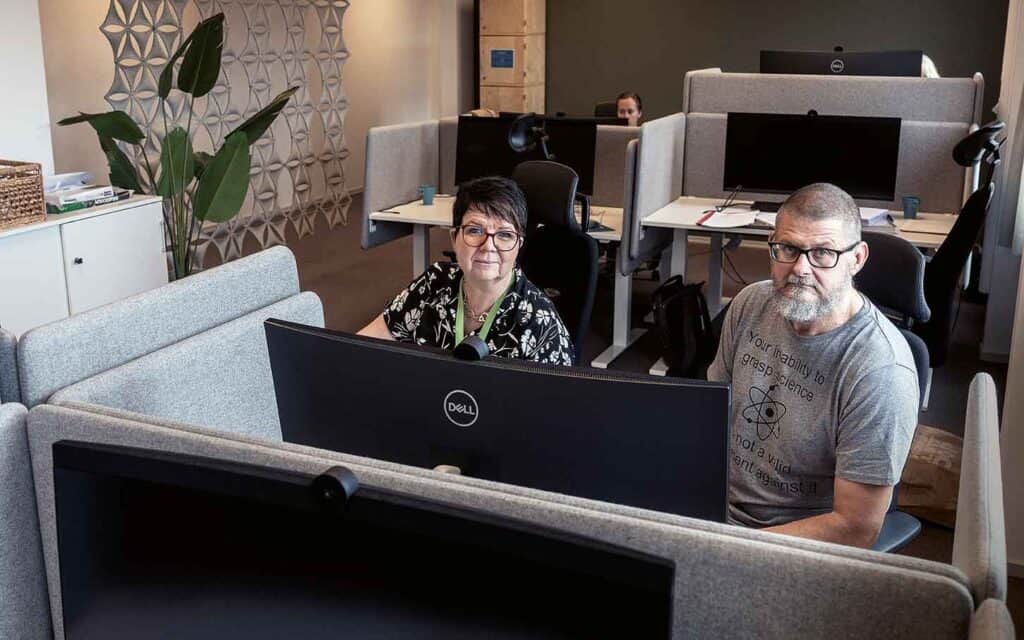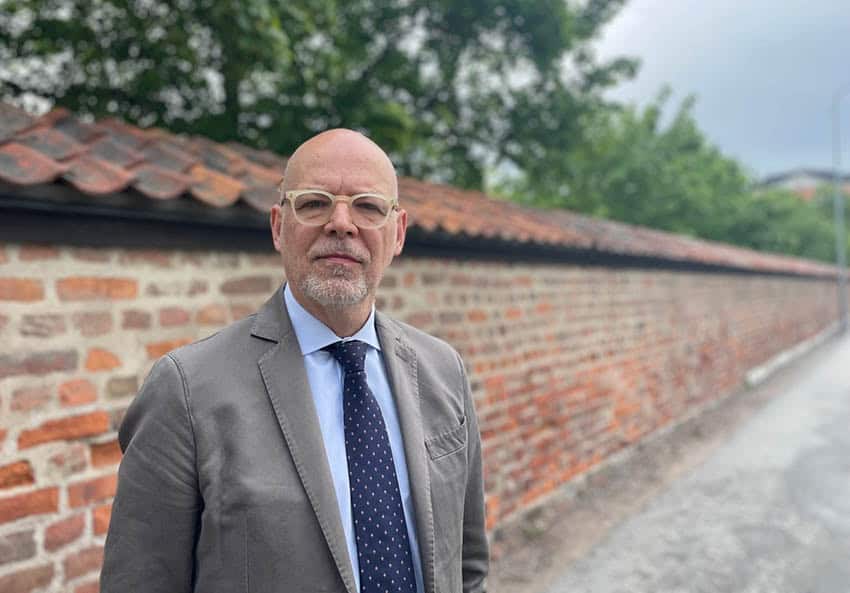During the online conference Research on Higher Education, arranged by Örebro University, one of the seminars was entitled “Digitalisation of Higher Education: Consequences for Teachers and Students” and focused on higher education institutions’ discussions about what learning environments we will encounter when students and teachers return to campus.
“The discussion is very much about hybrid teaching,” said Marie Leijon, a senior lecturer in pedagogy at Malmö University. “What we mean in everyday speech by hybrid learning environments is when one group of students is on campus while another group of students participates online from wherever they are.”
Such a hybrid environment means that the teacher loses control over the learning situation to a great extent. “The teachers experience a complex and difficult learning situation. After 1½ years of pandemic, we know that students can be anywhere – in bed, at a café or walking with their computer. And as a teacher, I have no idea how I look to the student. The picture could be on a mobile phone or on a huge screen. I have no control over what it looks like.”
In addition, various media platforms have chat rooms where various activities take place over which teachers have no control. People discuss the teaching, the teacher and much more.
“We also saw the need to have two teachers to keep track of everything that is going on,” Leijon continued, “and an expanded skill set. We need time for competence development.”
“Many teachers forced into it”
Several speakers reiterated that it is difficult to motivate teachers to work with hybrid teaching. As Stefan Karlsson of Örebro University put it, “The teachers find it hard to understand why we should offer synchronous hybrid teaching. It’s difficult to find good reasons other than the need to offer flexibility because not all students think that it is super to just have lessons on campus and some don’t enjoy online very much. But this autumn, many teachers will be forced into it. I think things will happen very fast this autumn.”
Marie Leijon said that Malmö University had experimented with hybrid teaching before the pandemic, but on a fairly limited scale. “The limitation is the question that came up all the time: Why should we do this? Are the only arguments in favour the students’ freedom of choice and flexibility and the need to not sit too close to each other?”
“I think we will be forced into hybrid teaching because it is possible,” she continued, “but I don’t know of any studies that show that students learn more or acquire in-depth knowledge. That research does not exist yet, so we need to research it.”
Higher ambitions for hybrid teaching
Several of the speakers said that there could be higher goals for hybrid education. Niklas Brinkfeldt, head of the Next Generation Learning Centre at Dalarna University, said “It makes courses available throughout the country. Another higher goal is broader student groups and that people who are in work can participate in groups that attend on campus.”
“And it can provide added value for lifelong learning and for young adults who have children,” added Martin Stigmar, Professor of Higher Education pedagogy at Malmö University.
Another important question is to whom the hybrid forms give freedom of choice.
“Students get more freedom of choice, but what about us teachers?” asked Stigmar. “We are to be on campus and be available to a small group. But we must also be accessible online. Students can choose to come or sit at home. So who has the freedom of choice? But hybrid teaching can also mean switching between lessons completely online or entirely on campus, and then the teacher is able to set schedules.”
“Teachers have taken enormous responsibility”
Marie Leijon is convinced that the role of university teacher is changing. “It’s about broadening the teaching profession, and we must relate actively to it.”
She referred to studies among teachers at Malmö University during the pandemic year. “The teachers say that it has been up to them to learn how to use the digital tools. They have taken an enormous amount of personal responsibility for implementing digitalisation. They have done it by themselves. At the same time, a culture of sharing has developed. They have shared with others and sought knowledge. But they haven’t really had the time or energy to take advantage of the support functions that the university has offered. All in all, it has led to increased responsibility and a broadening of the profession,” she concluded.
It is also possible to look at hybrid education from a fairness perspective.
“Marie Leijon and I run a master’s course in higher education pedagogy,” said Martin Stigmar. “Before corona, we were planning to run it as a hybrid course, both on campus and online for international students. But now we have reconsidered, and for the sake of fairness we will only offer it online. We do not want to form an A team and a B team, where some Swedes can come to the university and meet us and perhaps have advantages while those who are in Frankfurt and Spain are disadvantaged.”



